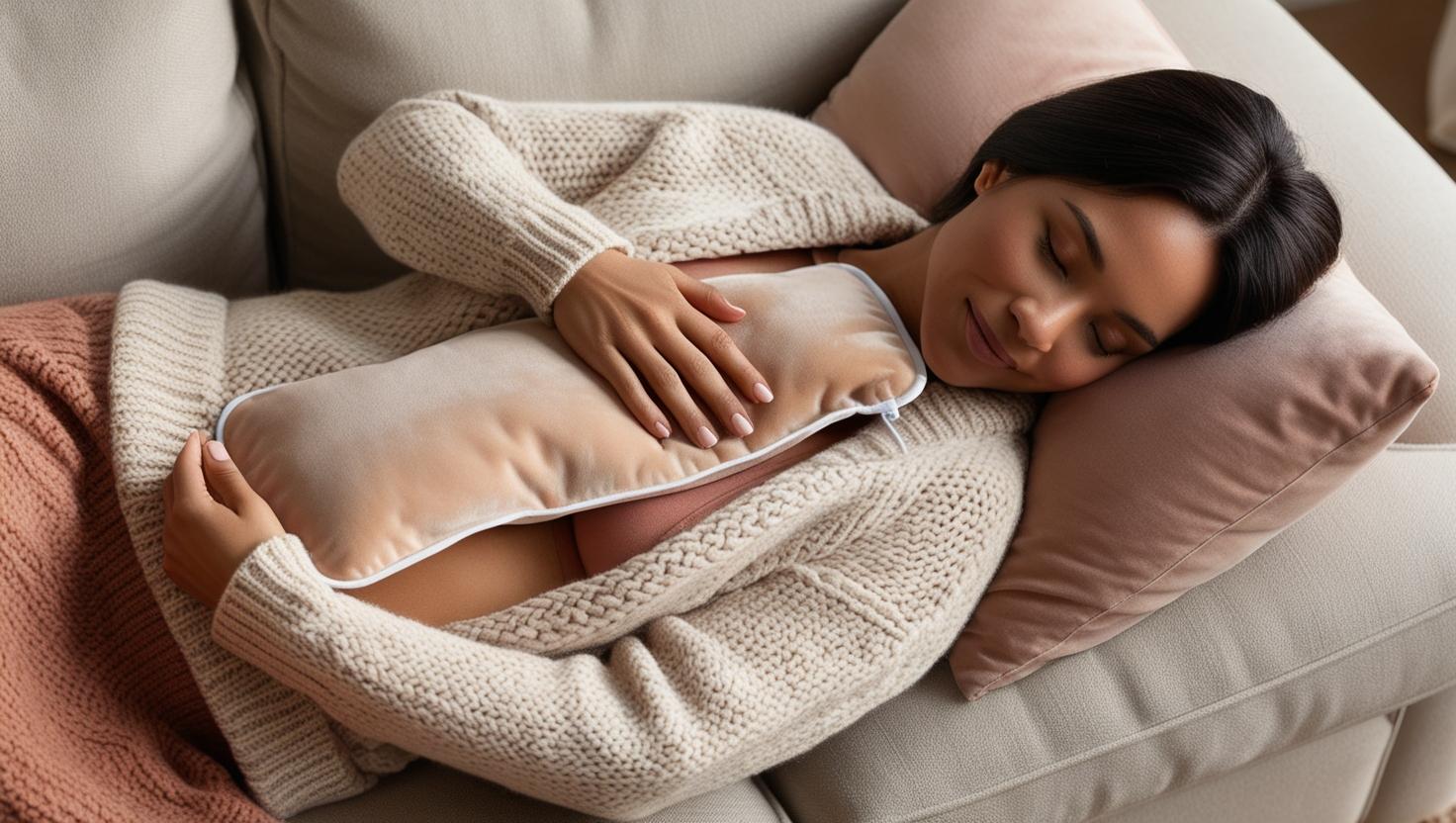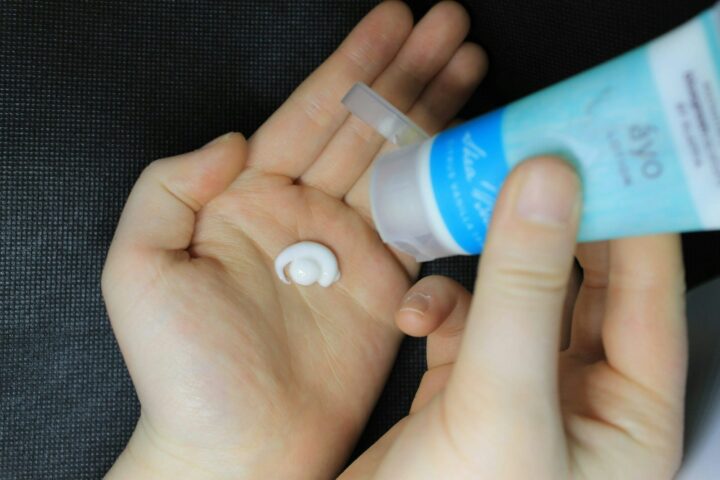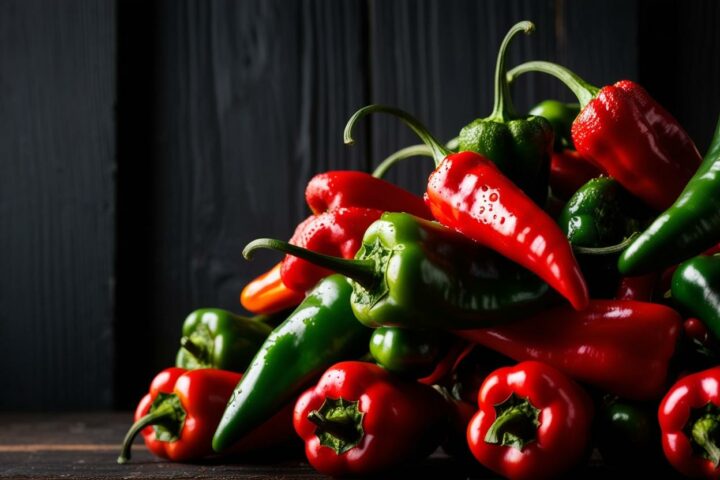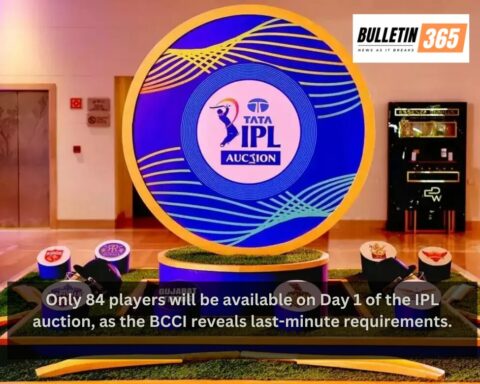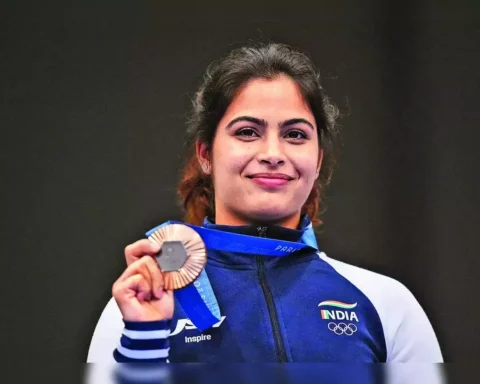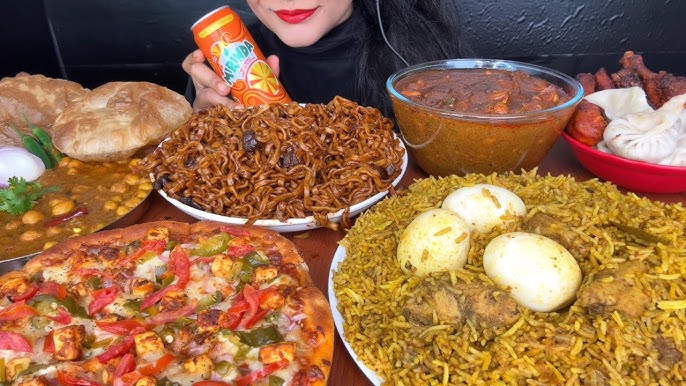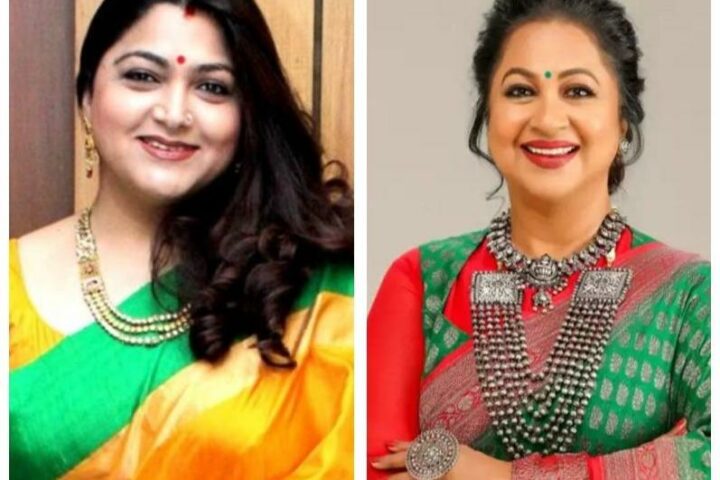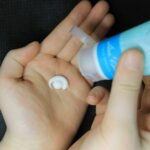Each month, the female body goes through a cycle.
Which is a sequence of hormonal changes that prepare the body for possible pregnancy. The length of the cycle differ between each woman, but it is commonly between 21 to 35 days. Some women may go through longer or shorter cycles and variations happen due to factors such as age, health, stress levels and lifestyle. It is also important to know that the cycle can fluctuate month to month.
Menstrual Phase:
The menstrual phase is the first stage of the cycle. Also the first day of your period, and mostly lasts between 3 to 7 days. A lot of women may go through symptoms like cramps, bloating, weight fluctuations, mood swings, irritability, tiredness, headaches, lower back pain, tender breasts and these may widely differ between each individual. Simple self-care tips like using heat pads for cramps, staying hydrated and getting ample amount of sleep can help ease the process.
Follicular Phase:
The follicular phase starts on the first day of your period so there is some overlap with the menstrual phase and it continues until ovulation. Which mostly lasts around 10 to 14 days, depending on each individual’s cycle. During this phase, the body produces many hormones and one of it called follicle-stimulating hormone (FSH), which stimulates the growth of ovarian follicles. Your ovaries produce around 5 to 20 follicles which contains an immature egg. Only the healthiest egg will eventually mature but on rare occasions, a female may have two eggs mature. There will also be an increase in estrogen levels, as this rises there will be increased energy and a sense of motivation, making it a good time for exercising. Higher estrogen levels help improve mood and a feeling of happiness.
Ovulation Phase:
The ovulation phase in when your body releases a matured egg from one of your ovaries. The egg goes down the fallopian tube into your uterus to be fertilised by sperm. In an average 28-day cycle, ovulation usually happens on around day 14. However this can vary based on individual’s cycle. This is the phase in your cycle where you can get pregnant. During this time you may experience symptoms like increase in clear, stretchy cervical mucus. A slight rise in basal body temperature and some women may experience mild cramping. Some women may have an increased libido.
Luteal Phase:
In this phase the egg changes into corpus luteum . This structure releases hormones, mainly progesterone and some estrogen. The increase in the hormones keeps your uterine lining thick and ready for a fertilised egg to implant. If you do get pregnant. The body produces human chorionic gonadotropin (hCG). This is the hormone pregnancy tests detect, it helps maintain the corpus luteum and keeps the uterine lining thick. If you don’t get pregnant, the corpus luteum will shrink away and be resorbed. This leads to decrease levels of estrogen and progesterone, which causes the start of your period. The uterine lining will shed during your period. During this phase, if you don’t get pregnant. Many women experience premenstrual symptoms (PMS).
Premenstrual Phase:
In the premenstrual phase women experience bloating, breast tenderness, changes in appetite and headache. PMS can also cause mood swings, irritability, anxiety and depression. Some women may experience more severe symptoms in a condition known as premenstrual dysphoric disorder (PMDD). To feel better during PMS staying hydrated, engaging in light exercises and or any physical activity. And getting plenty of sleep. Best of all sharing what you experience to your loved one can provide emotional support and make you feel understood.

